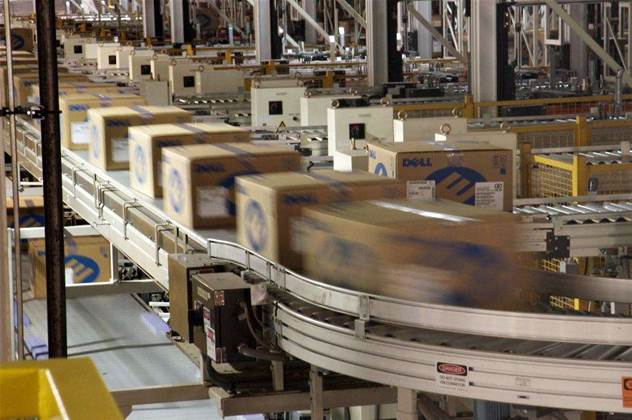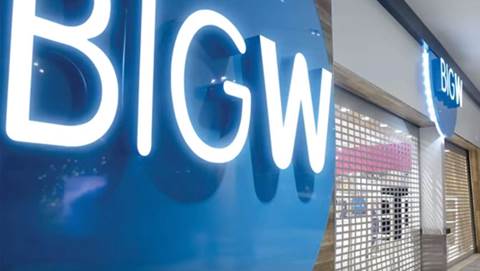
The two companies will combine sales forces in selling Emerson's XD cooling system and offer joint data centre assessments. Dell servers will also be certified for Emerson's cooling technologies. The companies project 30 to 50 percent power savings or an 80 percent increase in system performance.
Current data centre cooling systems pump air through floor tiles, which is referred to as peripheral cooling. As the cold air travels from the floor to the server, it looses a large part of its cooling capacity.
The XD cooling system uses liquid cooling that relies on refrigerants that are commonly used in consumer refrigerators and automobiles. The cooling is delivered directly to the cooling coils on the server or server cabinet through a network of hoses that are attached to outlets in the ceiling.
Emerson has been shipping its XD system since 2001 and so far has installed it at about 300 sites and 6,000 server racks. It was initially used mostly by high performance computing customers, but Fred Stack, vice president of marketing at Liebert, admitted that adoption is relatively low.
"This [IT] industry is a conservative industry that has focused more on performance than on efficiency," Stack said.
The majority of its customers use the technology to retrofit existing server rooms because they hit a ceiling in the power supply that they can bring into their data centres for cooling and powering servers. Increasing the cooling efficiency frees up power that can be used to install additional servers, Stack told vnunet.com.
"This allows them to have more space. It frees up energy to go to the servers and not the support such as cooling."
The XD cooling system is about 20 percent more expensive than alternative technologies. But users earn back those costs as they are able to install up to 4 times as many servers in the same space, Stack added.
Emerson partners works with all major server vendors. The company designed a www.vnunet.com for IBM and has worked with HP for its www.vnunet.com technology that the firm unveiled last November. The HP technology uses a network of sensors to determine hotspots in the room and adjust the cooling loads. When HP unveiled the technology, it claimed a power cost savings of up to 40 per cent.
HP is currently rolling out the technology in its own data centres, but it hasn't yet been shipped to any customers, said Stack.
Liquid server cooling isn't new either. Most of the other major server vendors however are reluctant to engage in a deep partnership that is as deep as the Dell one because they have their own consulting businesses.
"Dell is recognizing that they are behind on the services side," noted Stack.


_(22).jpg&h=140&w=231&c=1&s=0)
_(20).jpg&h=140&w=231&c=1&s=0)
.png&h=140&w=231&c=1&s=0)





 iTnews Executive Retreat - Security Leaders Edition
iTnews Executive Retreat - Security Leaders Edition











_(1).jpg&h=140&w=231&c=1&s=0)



